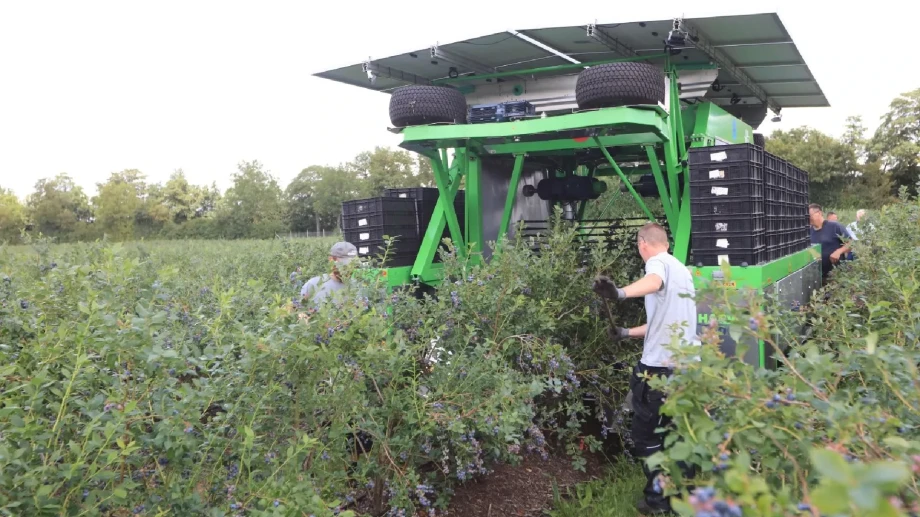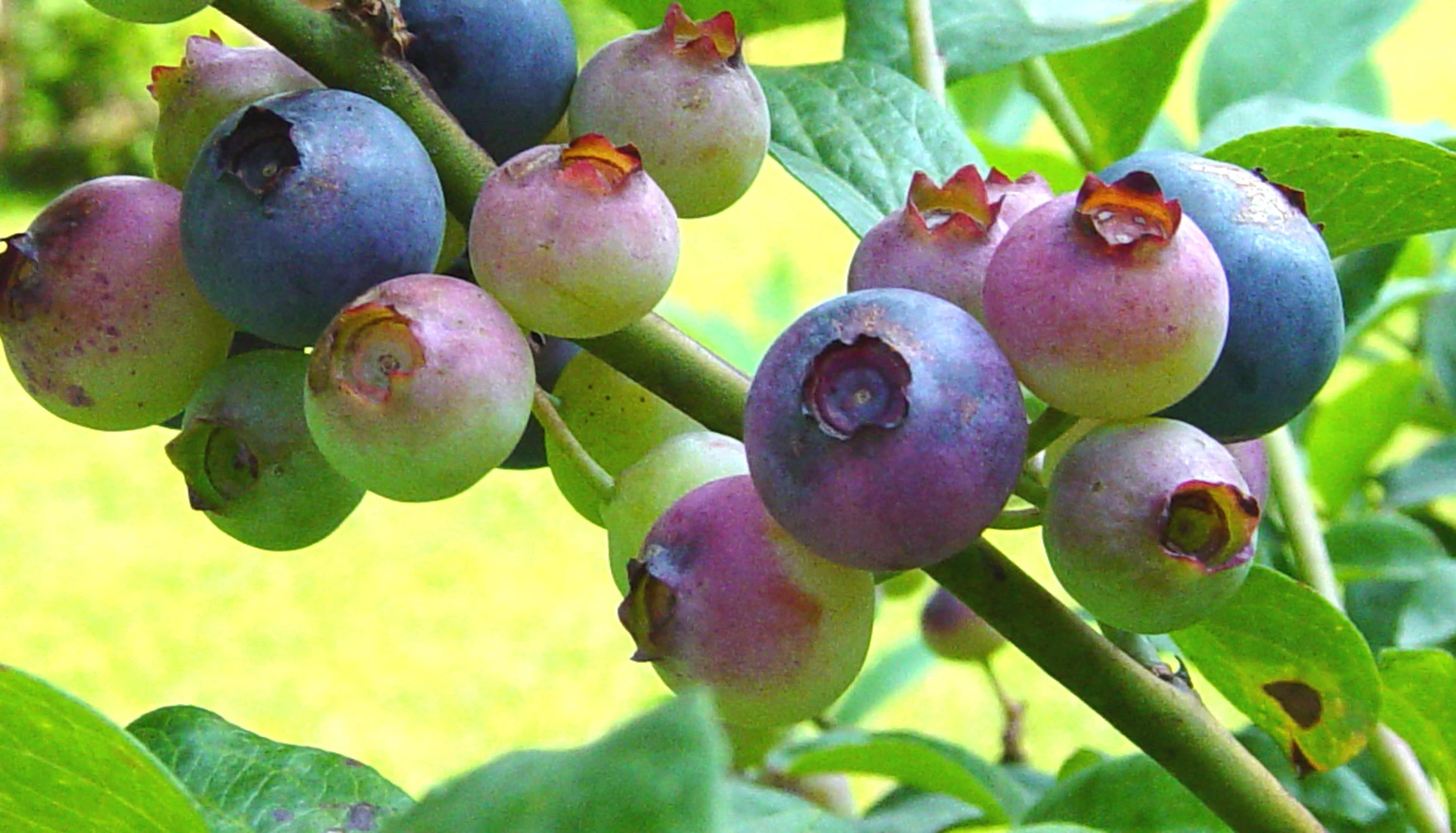The success of investments on a blueberry farm relies on strategic goals such as improving yields, enhancing product quality, and optimizing harvesting efficiency. The 12th International Blueberry Conference, themed around "OPTIMIZATION," emphasizes finding the best solutions tailored to each farm's conditions. Challenges like cost-effectiveness and cultivation efficiency drive the replacement of older blueberry varieties globally.
New varieties offer benefits such as easier harvesting and larger, evenly ripening fruits. The conference addresses the importance of optimizing cultivation technology, including pollination, where various insects play a crucial role. Investment profitability is assessed through economic analysis, considering both tangible and intangible benefits.
The event also covers post-harvest fruit management, focusing on quick cooling to maintain quality. Technologies like controlled atmosphere and modified atmosphere help extend the shelf life of blueberries during storage and transport.
The conference, scheduled for March 7, provides insights to optimize production processes on blueberry farms effectively.
What should you invest in on a blueberry farm?
Investments mean development, provided that they are directed towards the right goals. In Poland, we have over 8,000 farms where blueberries are grown. In order for the production of this fruit to remain profitable, actions should be taken to improve yields, provide better product quality and harvesting efficiency. This will be discussed during the 12th International Blueberry Conference.
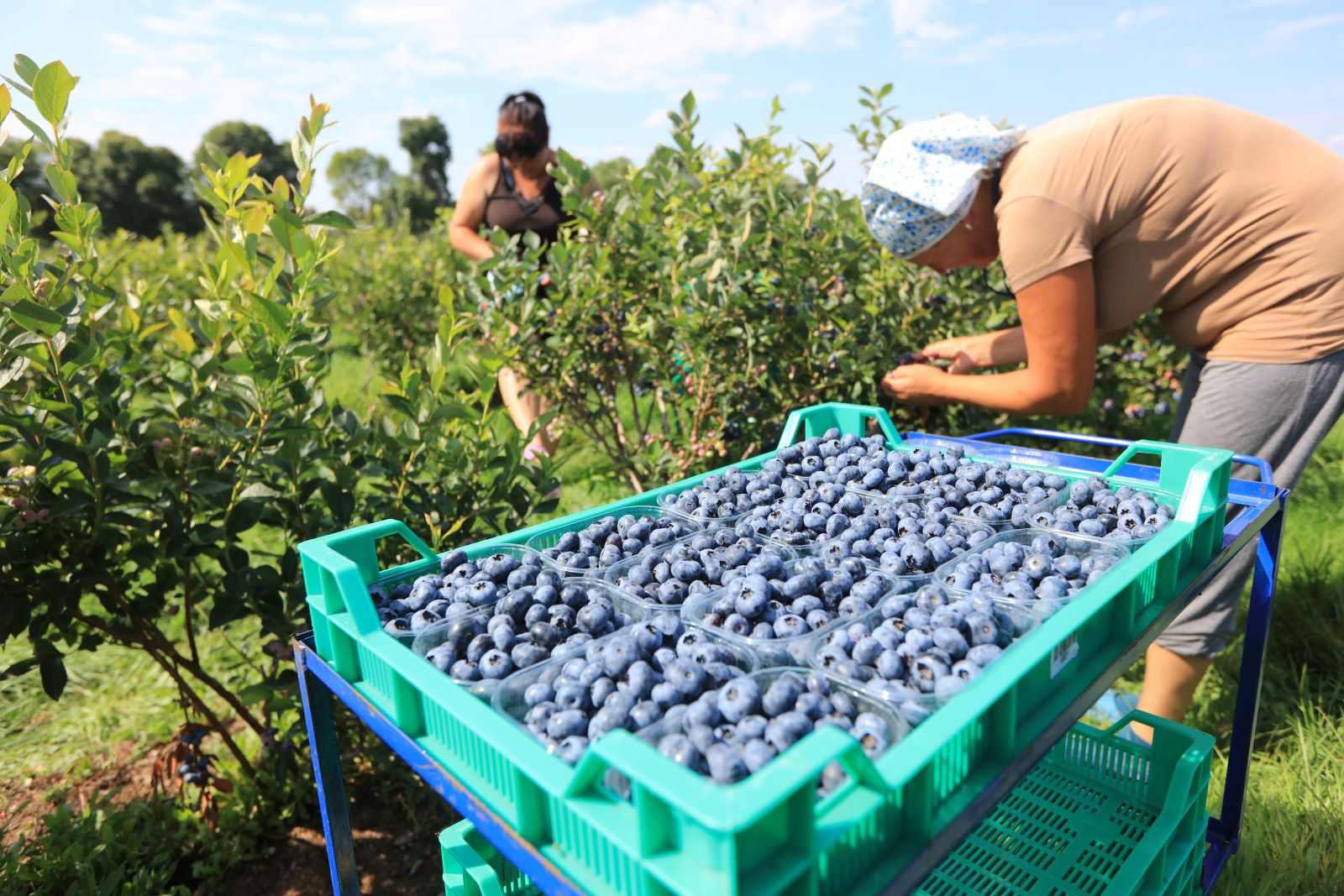
What does optimization mean?
The motto of this year's edition of the International Blueberry Conference is OPTIMIZATION. Optimal, by definition, is what is best under given conditions. This means that there is no single recipe for success in growing blueberries. Every farm, every plantation must find its own optimal solutions that will allow its owner to earn good money from blueberry cultivation.
Cost effectiveness and cultivation efficiency are becoming key challenges for growers. These factors influence the high dynamics of older varieties replacements across the globe. New varieties often ensure easier harvesting, larger fruits that ripen more evenly, and are also better suited for cultivation in technologies that maximize yields per hectare, emphasizes Dominika Kozarzewska, who will give a lecture entitled ‘What decisions can be made today to ensure the success of Polish blueberry industry in 2030’ during the Conference.
Is every investment profitable?
This is a key question when deciding whether it is worth investing. However, it is necessary to take into account direct material benefits (possibility of obtaining a higher price, lower production costs, etc.) as well as intangible values, e.g. related to construction or modernization of accommodation/social facilities for employees. Investment needs are assessed through economic analysis. It should be focused on the time to reach the break-even point, i.e. the time in which the return on capital will occur. The economic effect of an investment in a 20-year-old plantation will be different from, for example, a 4-year-old plantation, even though the investment will have the same nature, purpose and amount of invested capital, says Mirosław Garliński, a blueberry grower from Dolec, who will present cases of investments he has made.
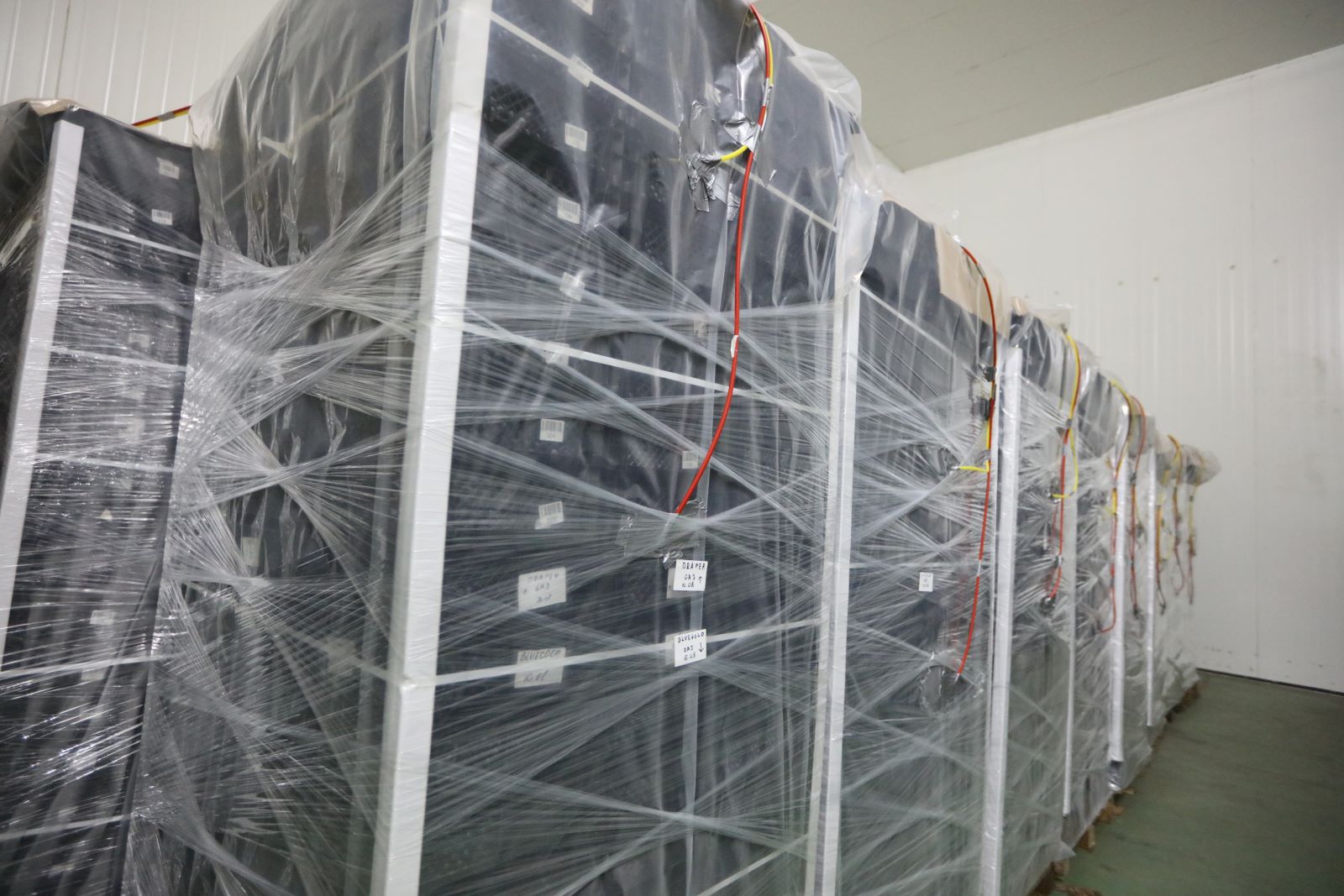
Optimization of cultivation technology
Virtually every process related to blueberry cultivation can be optimized: fertilization, protection, fruit harvest, etc. But how to do this in relation to the pollination of blueberry flowers? A whole host of pollinating insects are needed for this purpose, and naturally occurring ones are not always sufficient. Berry plants, including highbush blueberries, unlike pome or stone fruit trees, require pollination of each flower in order to obtain the highest yields. It is estimated that in case of pome trees, between 5 and 8% of properly pollinated flowers are sufficient for good yield, and in case of stone fruit trees - 20-30% to obtain optimal yields. When growing highbush blueberries, it is important that each flower is well pollinated. The number of seeds in the fruit, and therefore its size and durability, depends on how much pollen gets onto the stigma with the help of insects, says Przemysław Kapka. During the Blueberry Conference, he will characterize all the most frequently used pollinating insects (honey bee, ground bumble bee and red mason bee). He will also tell you how to optimally use them to ensure the best possible pollination of blueberries.
Post-harvest fruit management
The key aspect to maintaining post-harvest quality of blueberries is to cool them as quickly as possible. Some growers even do it on the plantation, loading fruit into refrigerated trucks. But what if you want to store it for a longer period or transport it to distant markets? In the distribution of blueberries, several technologies have been developed and implemented to extend the shelf life of this product by limiting or slowing down the aging process. The basis of these technologies is the proper management of the cold chain at all its stages. It is worth noting, however, that only perfect temperature management is not enough to deliver good quality fruit to distant markets, informs Bruno G. Defilippi from the Institute of Agricultural Research (INIA La Platina) in Chile.
The most frequently used methods are based on modifying the composition of gases, mainly oxygen and carbon dioxide, during storage and (or) transport, using a controlled atmosphere (CA) and a modified atmosphere (MA) in the container or on the pallet. Both technologies are based on reducing metabolic activity in order to determine its impact on fruit physiology. Bruno G. Defilippi will give a lecture during the conference entitled ‘Maintaining quality after harvest and the possibility of long-term storage’.
These are just previews of some of the topics that will be discussed on March 7 during the 12th edition of the International Blueberry Conference. It is worth taking part in this event to later wisely and effectively optimize production processes on your own farms. We wish to encourage you to familiarize yourself with the program and register.
Visit the International Blueberry Conference.
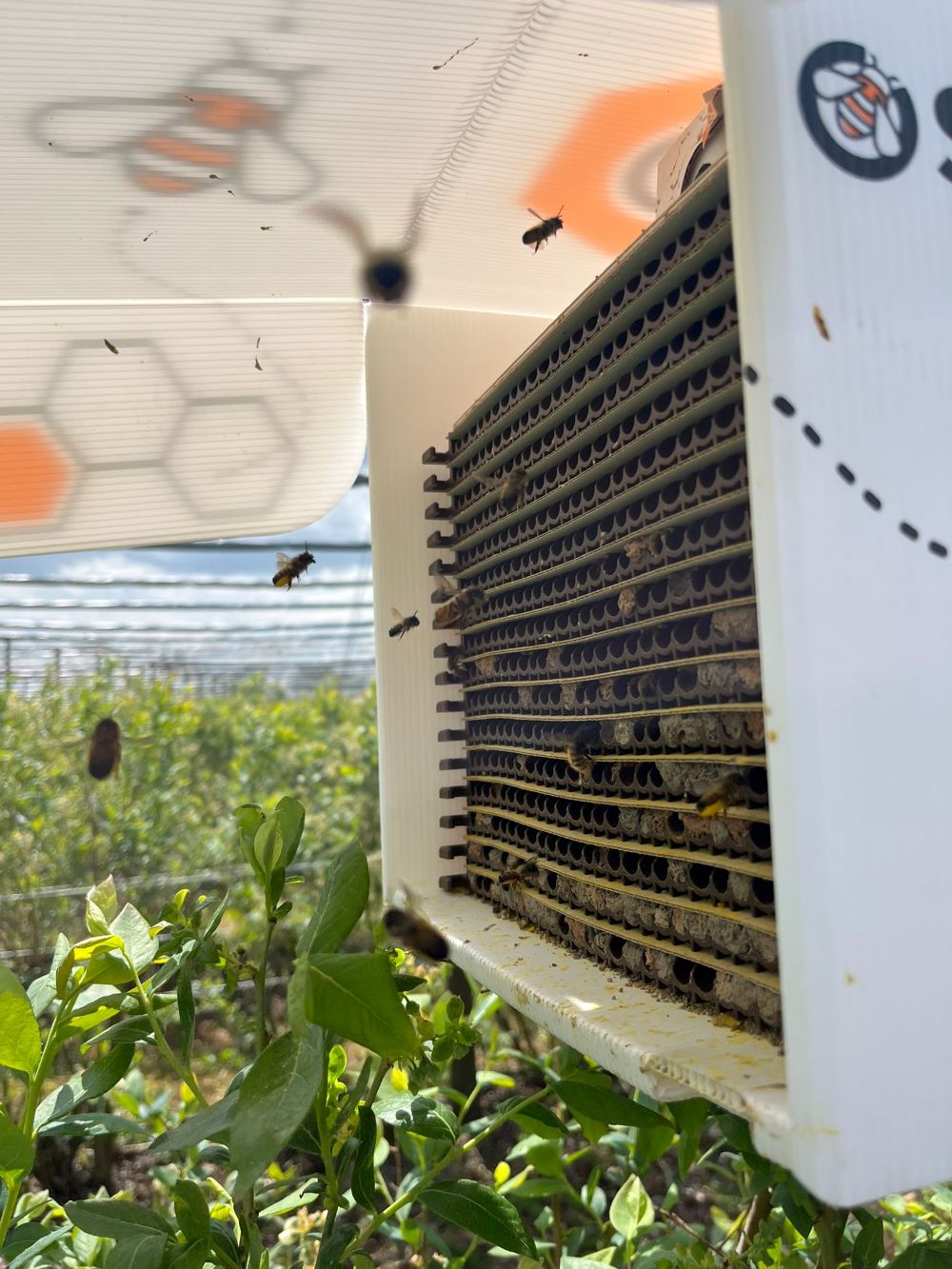
Italian Berry - All rights reserved







